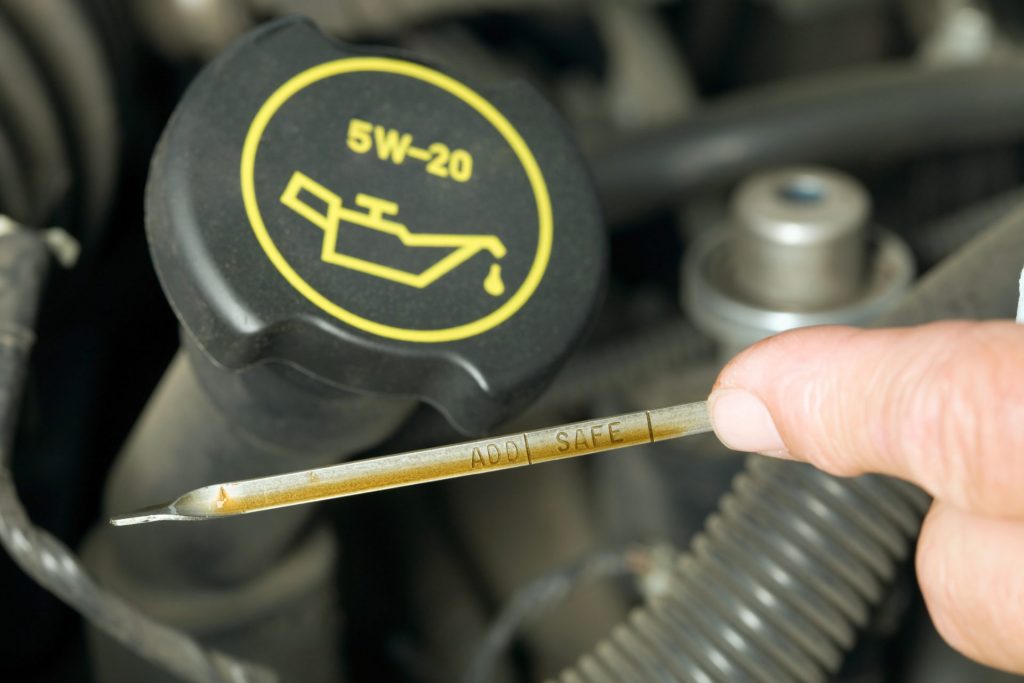Your vehicle is full of fluids that keep systems functional, lubricated, cool and clean. Modern cars and trucks are thankfully simpler to maintain than in the past, when owners were expected to regularly top up multiple liquids. Nowadays, the list to monitor is shorter, thanks to advanced components and system replacements, such as hydraulic power steering. Nevertheless, here are five to keep on top of.
Engine oil
The synthetic oil that keeps engine parts moving in modern vehicles doesn’t require changing as often as regular mineral oil. Follow the manufacturer’s recommendation on the service schedule, even in cold conditions. For many models, that usually means an oil change roughly every 9,500 to 12,800 kilometres. Always ensure the oil change reminder light is reset, and use the dipstick to check your levels after long trips, especially on an older vehicle.
Brake fluid and coolant
If you notice a low level of either of these fluids, or if a warning light comes on, it’s likely symptomatic of a bigger problem. Low brake fluid probably means that a leak needs immediate attention to maintain safe braking.
“If your vehicle indicates that it’s running hot, stop right away,” advises Scott McIntyre, VP of automotive services at CAA Saskatchewan. “A tow bill is a lot cheaper than a new engine.”
Diesel exhaust
Often called DEF or AdBlue, this fluid helps clean up the exhaust systems of newer diesel cars and trucks. The dashboard displays a warning when DEF is running low. If it drains completely, the vehicle switches to a performance-restricted “limp mode.” Like an empty fuel tank, running out of DEF often triggers a call for CAA roadside assistance. McIntyre recommends carrying an extra bottle for emergencies.
Transmission fluid
You likely won’t find a transmission-fluid dipstick on a late-model vehicle, so watch for a warning light or an unusual smell, as well as monitoring for leaks. As with brake fluid and coolant, transmission fluid changes will be factored into the vehicle’s maintenance schedule. For many models, a change is recommended every 80,000 to 100,000 kilometres, depending on how the car is used (e.g. highway versus city driving).
Windshield washer
Keep the windshield washer reservoir topped up, which is easy to do and crucial for safe driving year-round. “If you choose to use a summer windshield washer fluid to help remove bugs, put the antifreeze fluid back in earlier than you think you should,” McIntyre says. “Even a few ice crystals on a frosty October morning can crack the hose or the washer nozzles on your hood.”
Trusted facilities
CAA-Approved Auto Repair Services (AARS) helps identify mechanics that meet CAA’s high standards at fair prices. To find a trusted facility near you, visit our website.


